Suchergebnisse für "Factsheet%3A Energietechnologien gestalten%2C die f%C3%BCr alle sinnvoll und nutzbar sind"
Energy services for the optimised summer utilization of district heating systems
Development of practicable energy services for the summer utilization of district heating systems with reference to existing technologies to improve the efficiency and potentialities for the integration of renewable energy.
IEA Bioenergy - Annual Report 2014
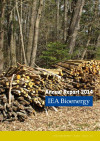
Herausgeber: Pearse Buckley, IEA Bioenergy Sekretariat
Englisch, 140 Seiten
Downloads zur Publikation
IEA Bioenergy Newsletter #22 (2010)
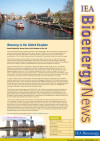
Englisch, 8 Seiten
Downloads zur Publikation
IEA Bioenergy - Annual Report 2012
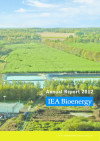
Herausgeber: IEA Bioenergy
Englisch, 124 Seiten
Downloads zur Publikation
DYNASTEE Newsletter Issue 2016/6

Hans Bloem, Luk Vandaele
Herausgeber: DYNASTEE
Englisch, 4 Seiten
IEA Bioenergy - Annual Report 2010

Herausgeber: IEA Bioenergy
Englisch, 144 Seiten
Downloads zur Publikation
IEA Bioenergy Annual Report 2015
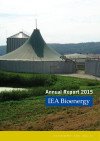
Herausgeber: IEA Bioenergy
Englisch, 136 Seiten
Downloads zur Publikation
IEA Bioenergy - Annual Report 2011
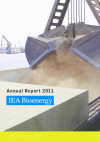
Herausgeber: IEA Bioenergy
Englisch, 124 Seiten
Downloads zur Publikation
Carbon Management
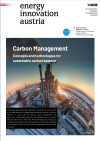
Concepts and technologies for sustainable carbon balance
energy innovation austria
1/2025
Herausgeber: BMK in cooperation with the Climate and Energy Fund
Englisch, 12 Seiten
Downloads zur Publikation
Slides: Country Report Austria (2014)
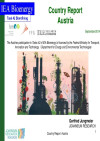
Gerfried Jungmeier
Herausgeber: IEA Bioenergie Task 42
Englisch, 41 Seiten
Downloads zur Publikation
IEA-PVPS Annual Report 2014
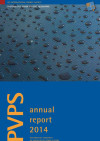
Herausgeber: IEA Photovoltaic Power Systems Programme (PVPS)
Englisch, 130 Seiten
Downloads zur Publikation
IEA Wind - Annual Report 2013
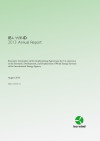
Herausgeber: PWT Communications, LLC für IEA Wind Energy Systems
Englisch, 180 Seiten
Downloads zur Publikation
IEA Wind - Annual Report 2011
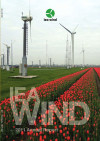
Herausgeber: International Energy Agency
Englisch, 189 Seiten
Downloads zur Publikation
IEA-PVPS Annual Report 2013
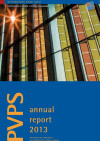
Herausgeber: IEA Photovoltaic Power Systems Programme (PVPS),
Englisch, 130 Seiten
Downloads zur Publikation
IEA Wind - Annual Report 2014
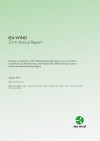
Herausgeber: PWT Communications, LLC für IEA Wind Energy Systems
Englisch, 200 Seiten
Downloads zur Publikation
IEA-Wind Annual Report 2012
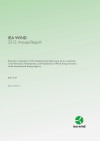
Herausgeber: International Energy Agency
Englisch, 172 Seiten
Downloads zur Publikation
IEA PVPS Annual Report 2015
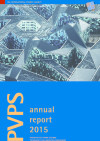
Herausgeber: IEA Photovoltaic Power Systems Programme (PVPS),
Englisch, 130 Seiten
Downloads zur Publikation
IEA AMF - Newsletter 2/2013
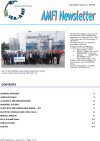
Herausgeber: International Energy Agency - Advanced Motor Fuels
Englisch, 14 Seiten
Downloads zur Publikation
Auszeichnung ENERGYbase
ENERGYbase mit dem 1. Österreichischen GreenBuilding-Award ausgezeichnet
